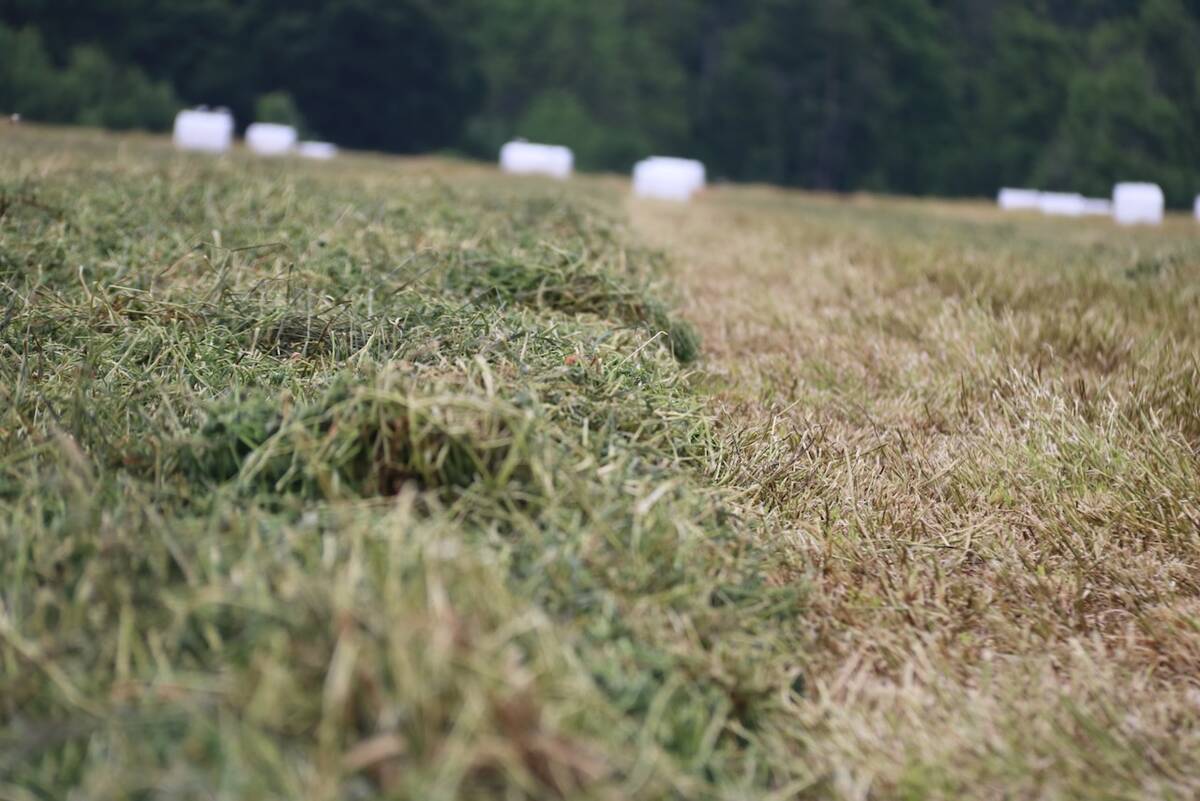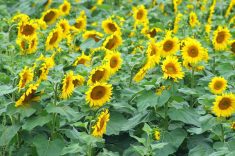It has been a few days since Don Levreault has actively farmed in southwest Manitoba — perhaps we should say a few decades — but that doesn’t mean the longtime resident of Qualicum Beach, B.C., doesn’t keep informed about western Canadian farming trends. And as a loyal reader of Grainews magazine and other publications, Levreault can thank a neighbour with woodworking skills for helping keep his reading material organized.
Read Also

New high-performance forage training program to launch in 2026
A new Canadian Forage and Grasslands Asssociation high-performance forage program will be a resource for farmers, agronomists and others in the forage sector.

Levreault was born and raised on the family farm near the Manitoba community of Baldur in the rural municipality of Argyle. Today, with a population just over 300, Baldur is the largest community in Argyle, which is situated between Brandon and Portage la Prairie in the southwestern part of the province.
Born in the 1930s, Levreault grew up on a traditional mixed farming operation for those days. “We had a little bit of everything,” says Levreault, who is 86. “As kids coming home from a one-room schoolhouse after school we all had chores — feed the chickens, collect eggs, feed the pigs, milk the cow, bring in the wood — there was always some- thing to do.”
As fate would have it, his plans to be a farmer were cut short in the early 1950s when he was seriously injured at the age of 17. “I fooled around seeing doctors for a while but by the age of 20 the decision was made I wouldn’t be able to farm,” he says.
Eventually, Levreault’s career took him to the big city where he worked for 30 years as a bus driver for the City of Winnipeg. Then, about 32 years ago, he retired to Qualicum Beach on the east shore of Vancouver Island just north of Nanaimo. And although it has been more than 60 years since Levreault left the farm, it is fair to cite the old cliché, the farm never left him.
“I’ve always been interested in keeping up with what’s happening in agriculture,” he says. With publications such as Country Guide and The Western Producer at one time coming into the home, Levreault has kept subscribing to Grainews, “For I don’t know how long … a long time,” he says.
Levreault’s regular reading material includes Grainews, his hometown weekly newspaper, The Baldur-Glenboro Gazette, and the daily newspaper Victoria Times Colonist. All of those magazines and newspapers can pile up.
Last winter, Levreault asked Qualicum Beach neighbour Alan Gill if Gill could build some type of magazine rack for him. Gill, who retired to the island community about six years ago, had spent his working career in the graphic arts and printing trade in Vancouver. Printing was his career, but woodworking is his hobby.
The project sent Gill on a mission to a nearby sawmill where they process western red cedar lumber. “They always have tons of scrap pieces that usually get burned, and they tell me just to help myself,” Gill says. He selected a few rough-cut, scrap pieces, ran them through a 13-inch planer in his woodworking shop, and after a bit of online research he came up with a design.

Gill contacted Grainews, The Baldur-Glenboro Gazette and Victoria Times Colonist, looking for images of the publications’ nameplates, which are the banners at the top of the front page of most newspapers or magazines. He had those images transferred onto canvas, which his wife sewed into panels for the sides of the magazine rack.
With a divider down the middle, the overall rack is about 18 inches wide, about six inches deep and about 18 inches tall. The nicely grained red cedar was finished with clear Varathane wood stain.
“It was just what I needed,” says Levreault. “Alan did a great job.”
While Levreault reads a bit of everything in Grainews, he is really impressed with articles on machinery. “It always makes me think about how much things have changed,” he says. “When I was a kid, the farm was 160 acres and Dad was always interested in farming more acres. Eventually, he rented another half section, so we were farming three quarter sections. But today, 10,000- or 12,000-acre farms are pretty common.”
And changes in machinery make Levreault pause and think. “The first tractor we had that I drove was a John Deere A,” he says. “It was wide open, there was no cab and it didn’t even have fenders. You certainly got to experience dirt first-hand. We thought it was quite a machine, but by today’s standards it wasn’t much more than a toy.” The farm bought a second John Deere A in 1950.
Levreault says he finds it pretty amazing to read about machinery today with computer technology and “fancy features,” not to mention the incredible price tag. “I had nephews who continued farming in the Baldur area for several years but farming today you need to have size to be able to afford the machinery,”he says.
As he came through the COVID-19 pandemic, Levreault says his daughter talked about the importance of isolation. “And I told her I understood that pretty well,” he says with a laugh. “I said, ‘When I was a kid, we lived three-and-a-half miles from town, we had no car, we had no phone and we had no power — we grew up with isolation.”
Levreault says with publications coming in daily, weekly and monthly, he appreciates having an attractive newspaper rack to keep papers organized. And he recycles in a couple of different ways. “I have a buddy who grew up on a dairy farm in the Lower Mainland, but he worked as a pilot and in forestry for many years,” says Levreault. “He is also interested in reading about farming, so when I’m done reading, I pass the Grainews on to him. It gets to do double duty.”
















